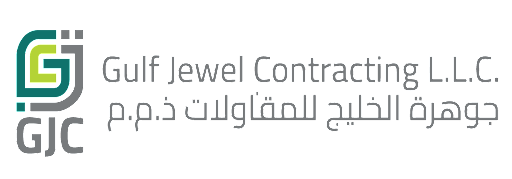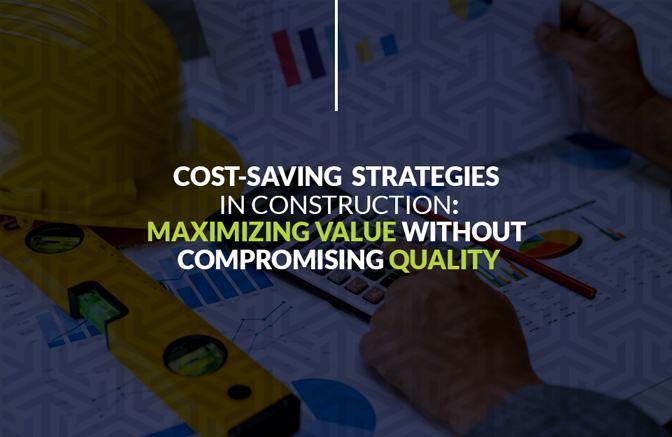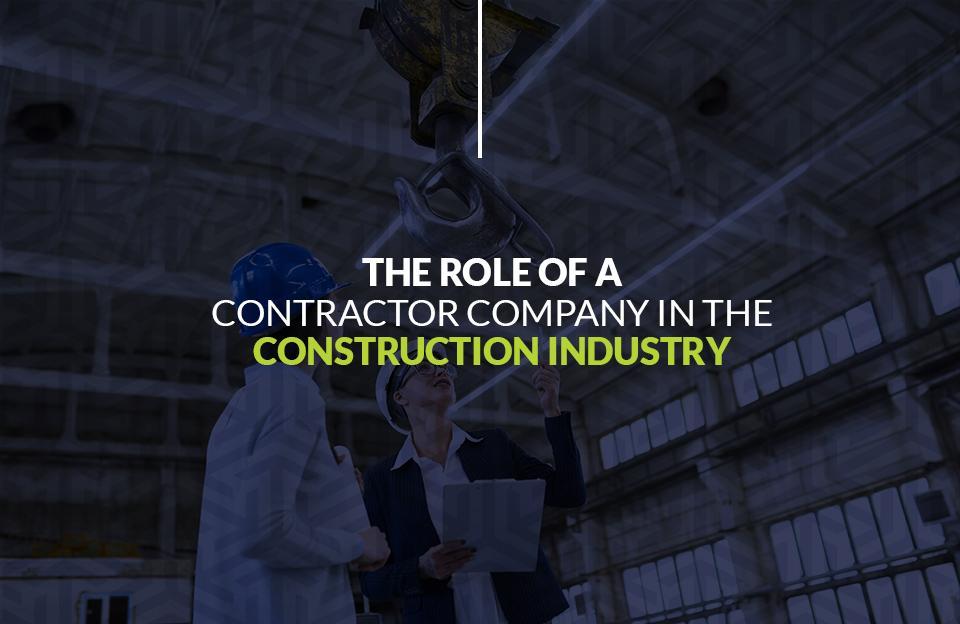Balancing cost efficiency with quality in the construction industry is essential for project success. Cost saving strategies play a significant role in maximizing value for clients while maintaining high construction standards. This blog explores various strategies construction professionals can employ to achieve cost savings without compromising quality, emphasizing the importance of value engineering, effective project planning, and smart resource management.
- Value Engineering: Value engineering is a systematic approach to identifying and eliminating unnecessary costs without sacrificing functionality, quality, or client requirements. Value engineering seeks to optimize designs, identify cost-effective alternatives, and streamline processes by analyzing project components, materials, and construction methods. Collaborative efforts among architects, engineers, and contractors can uncover innovative solutions and efficiencies that reduce costs while
maintaining or enhancing project quality. - Efficient Project Planning: Effective project planning is crucial for cost savings. Understanding project scope, objectives, and requirements allows for accurate cost estimation and budgeting. A well defined project plan ensures that resources are allocated efficiently, minimizing waste and preventing costly rework. Detailed schedules, realistic timelines, and proactive risk management help avoid delays, cost overruns, and disruptions that can impact project budgets.
- Smart Material Selection: Material costs account for significant construction expenses. Choosing appropriate materials based on project requirements, durability, and cost- effectiveness is essential. Conducting a comprehensive analysis of available options, considering life-cycle costs, and evaluating long-term maintenance and operational expenses contribute to cost savings. Additionally, exploring sustainable and recycled materials can reduce costs while promoting environmental stewardship.
- Streamlined Supply Chain Management: Efficient supply chain management is vital for cost savings in construction. Building strong relationships with reliable suppliers, negotiating favourable pricing, and leveraging economies of scale help reduce material costs. Just-in-time delivery and inventory management practices prevent unnecessary stockpiling and minimize storage costs. Streamlining the procurement process and utilizing digital tools to track and monitor supply chain activities enhance efficiency and reduce expenses.
- Skilled Workforce and Training: Investing in a skilled workforce and providing ongoing training enhances project quality and contributes to cost savings. Well-trained workers are more efficient, productive, and less prone to errors and rework. Skilled labor reduces project timelines, minimizes disruptions, and optimizes resource utilization. Encouraging professional development, cross-training, and knowledge sharing within the construction team fosters a culture of continuous improvement and cost-
consciousness. - Effective Risk Management: Proactive risk management helps mitigate unforeseen events impacting project costs. Identifying potential risks, analyzing their impacts, and developing contingency plans are essential. By assessing risks associated with procurement, subcontracting, regulatory compliance, and external factors such as weather conditions, construction professionals can allocate appropriate resources, plan for contingencies, and minimize financial setbacks.
- Technology Integration: Integrating technology into construction processes can yield significant cost savings. Building Information Modeling (BIM), project management software, and virtual design tools enhance collaboration, minimize errors, and reduce rework. Real-time project tracking and data analysis help identify cost overruns, optimize resource allocation, and enhance productivity. Automation and robotics streamline labor-intensive tasks, improve efficiency, and reduce manual labor costs.
- Continuous Improvement and Lessons Learned: Embracing a culture of continuous improvement and learning from past experiences is crucial for ongoing cost savings. Regular project evaluations, post-mortem analysis, and capturing lessons learned contribute to refining processes, identifying areas for improvement, and avoiding costly mistakes in future projects. Encouraging stakeholder feedback, implementing best practices, and benchmarking against industry standards help drive efficiency and cost- effectiveness. Achieving cost savings in construction without compromising quality requires a holistic and strategic approach. By employing value engineering, efficient project planning, smart material selection, streamlined supply chain management, investing in a skilled workforce, effective risk management, technology integration, and continuous improvement, construction professionals can maximize client value while controlling costs. Furthermore, balancing cost efficiency with quality ensures client satisfaction, strengthens the industry’s reputation, and fosters long-term success in the construction sector.




